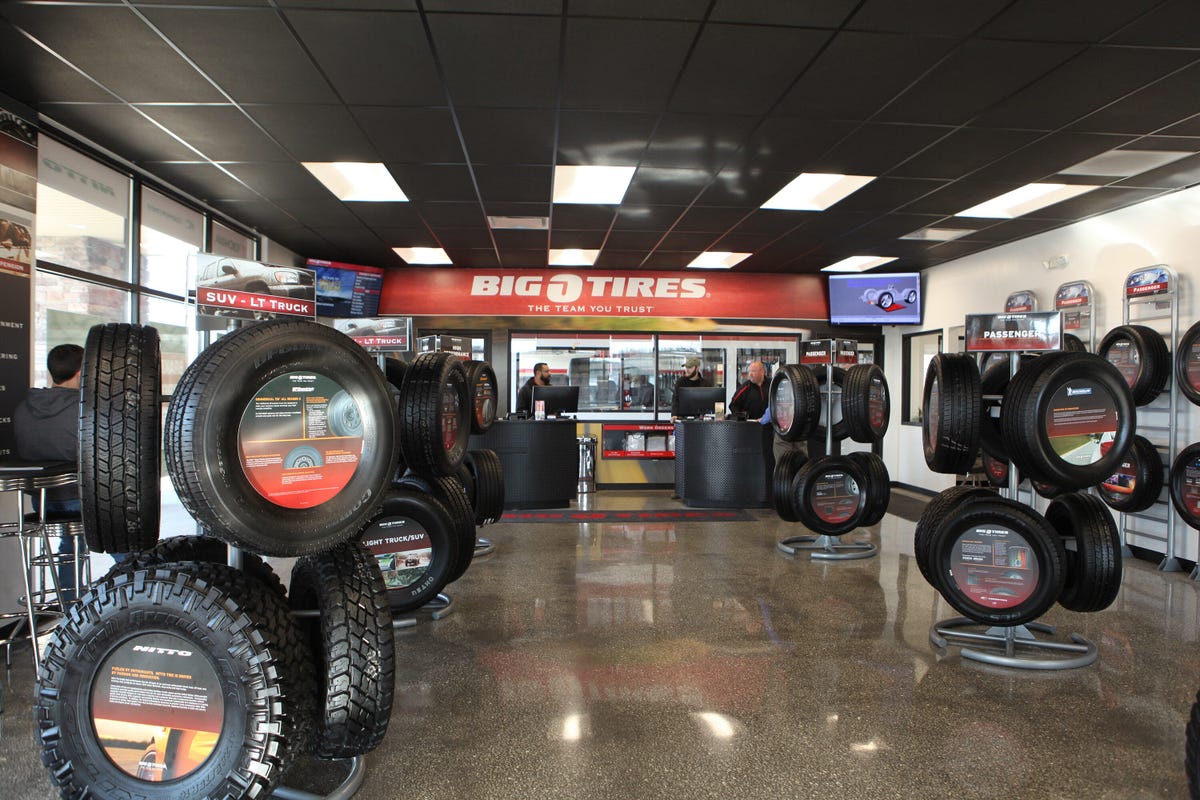Enjoy Big Financial Savings on Discount Tires Morris IL: Shop Currently for Offers
Enjoy Big Financial Savings on Discount Tires Morris IL: Shop Currently for Offers
Blog Article
Tire Solution: Comprehending Tire Pressure Tracking Systems
Comprehending Tire Pressure Tracking Solutions (TPMS) is a crucial facet of preserving optimum lorry efficiency and safety on the roadway. With improvements in automobile innovation, TPMS has actually ended up being a typical feature in modern-day lorries, providing real-time info on tire pressure degrees.

Value of TPMS
The significance of Tire Stress Surveillance Systems (TPMS) depends on their ability to boost lorry security and efficiency via real-time monitoring of tire stress levels. Keeping the right tire stress is essential for ensuring ideal handling, braking, and total security of a vehicle. TPMS supplies drivers with immediate responses on any overinflated or underinflated tires, permitting prompt adjustments to be made.
Components of TPMS
Making up different essential components, a Tire Pressure Monitoring System (TPMS) works as an advanced safety function in modern lorries. The major components of a TPMS include sensors, a control module, and a caution indication. Sensing units are normally located in the tire shutoff stem or connected to the wheel assembly, where they determine tire stress and transfer data to the control component. The control component processes this info and triggers a warning if it finds significantly low stress in any one of the tires. The caution sign, commonly an icon on the dashboard, signals the motorist to inspect the afflicted tire or tires. Some progressed TPMS designs also present the real tire stress readings for every tire, giving drivers with real-time information to guarantee optimal tire performance and safety. By keeping track of tire pressure continuously, TPMS aids protect against crashes, lowers tire wear, and boosts gas effectiveness, making it a critical part for car security and performance.
Kinds Of TPMS

On the various other hand, indirect TPMS relies upon the vehicle's wheel speed sensors to check tire pressure. This system official source finds underinflation by contrasting the rotational rates of the wheels. Indirect TPMS is much less costly than direct TPMS, as it makes use of existing sensors within the car.
While direct TPMS uses extra accurate readings, indirect TPMS is simpler in style and typically requires less maintenance. Both systems have their advantages and restrictions, and the option between them typically depends on elements such as expense, car make, and personal preference. Understanding the distinctions between these 2 types of TPMS can help vehicle owners make informed decisions concerning tire maintenance and safety.
TPMS Upkeep Tips
Conduct routine checks on the tire pressure levels and compare them with the TPMS readings to ensure they are regular. Throughout tire turning or replacement, make sure that the TPMS components are taken care of very carefully to protect against any kind of possible damages. If the TPMS warning light illuminates on the dashboard, attend to the problem without delay by checking the tire pressures and the overall system for any type of mistakes.
Benefits of Appropriate Tire Pressure
Preserving correct tire pressure, as stressed in TPMS Maintenance Tips, is essential for reaping the many advantages connected with optimum tire pressure degrees. In addition, proper tire stress ensures even tire wear, prolonging the life-span of the tires and advertising much safer driving problems. In verdict, the benefits of appropriate tire stress go beyond just learn the facts here now tire longevity; they include enhanced gas efficiency, boosted safety and security, much better car performance, and overall driving comfort.
Conclusion
Finally, link understanding tire pressure tracking systems (TPMS) is important for preserving optimum tire stress and ensuring vehicle safety and security. By acknowledging the relevance of TPMS, recognizing with its elements, recognizing the different types available, adhering to correct maintenance tips, and realizing the benefits of maintaining proper tire pressure, vehicle drivers can enhance their driving experience and prolong the life expectancy of their tires. Proper tire pressure is key to efficient and safe vehicle operation.

Report this page